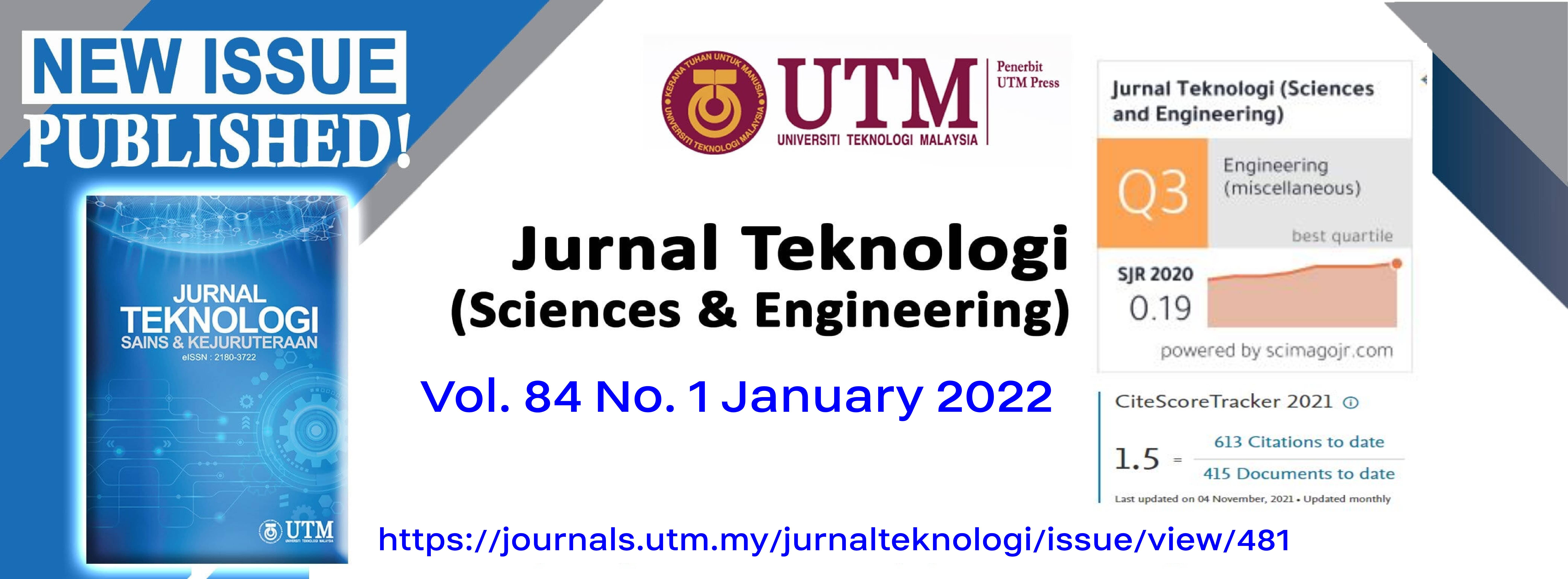THEORETICAL AND EXPERIMENTAL INVESTIGATION OF ESTIMATING CHANGE POINT IN MULTIVARIATE PROCESSES VIA SIMULTANEOUS COVARIANCE MATRIX AND MEAN VECTOR
DOI:
https://doi.org/10.11113/jurnalteknologi.v84.17419Keywords:
Multivariate normal process, simultaneous covariance matrix and mean vector, artificial neural networks (ANN), support vector machine (SVM), change pointAbstract
The identification of change points in statistical process control (SPC) data is the critical criterion for multivariate techniques when output is out-of-control condition. Therefore, monitoring all independent variables is essential and demands targeted attention to avoid errors at the systems control stage. However, estimating change-point in multivariate control charts is the main problem when these correlated quality characteristics monitor together. Therefore, we proposed a combination of an ensemble learning-based model of artificial neural networks with support vector machines to monitor process mean vector and covariance matrix shifts simultaneously to estimate the change point in a multivariable system. The performance of the final model indicated an estimated changing point with one sample over 6,000 simulated cases with a probability of 98 percent, which is a significantly high accuracy rating. Finding suggests the outcome of the project confirms that the proposed model can provide a precise estimating the change point by monitoring the mean vector and the covariance matrix simultaneously and, helps to identify those variable(s) responsible for an out-of-control condition. For further validation of the model, the performance of the proposed model has been compared with previous reported which confirms a better performance of the proposed model. Finally, the model was applied to monitor the performance of the solar hydrogen production system and the model identify the variables which have negative effects on the performance of the system.
Downloads
Published
Issue
Section
License
Copyright of articles that appear in Jurnal Teknologi belongs exclusively to Penerbit Universiti Teknologi Malaysia (Penerbit UTM Press). This copyright covers the rights to reproduce the article, including reprints, electronic reproductions, or any other reproductions of similar nature.
















